Home>Garden Essentials>How To Grow Lupine From Seed
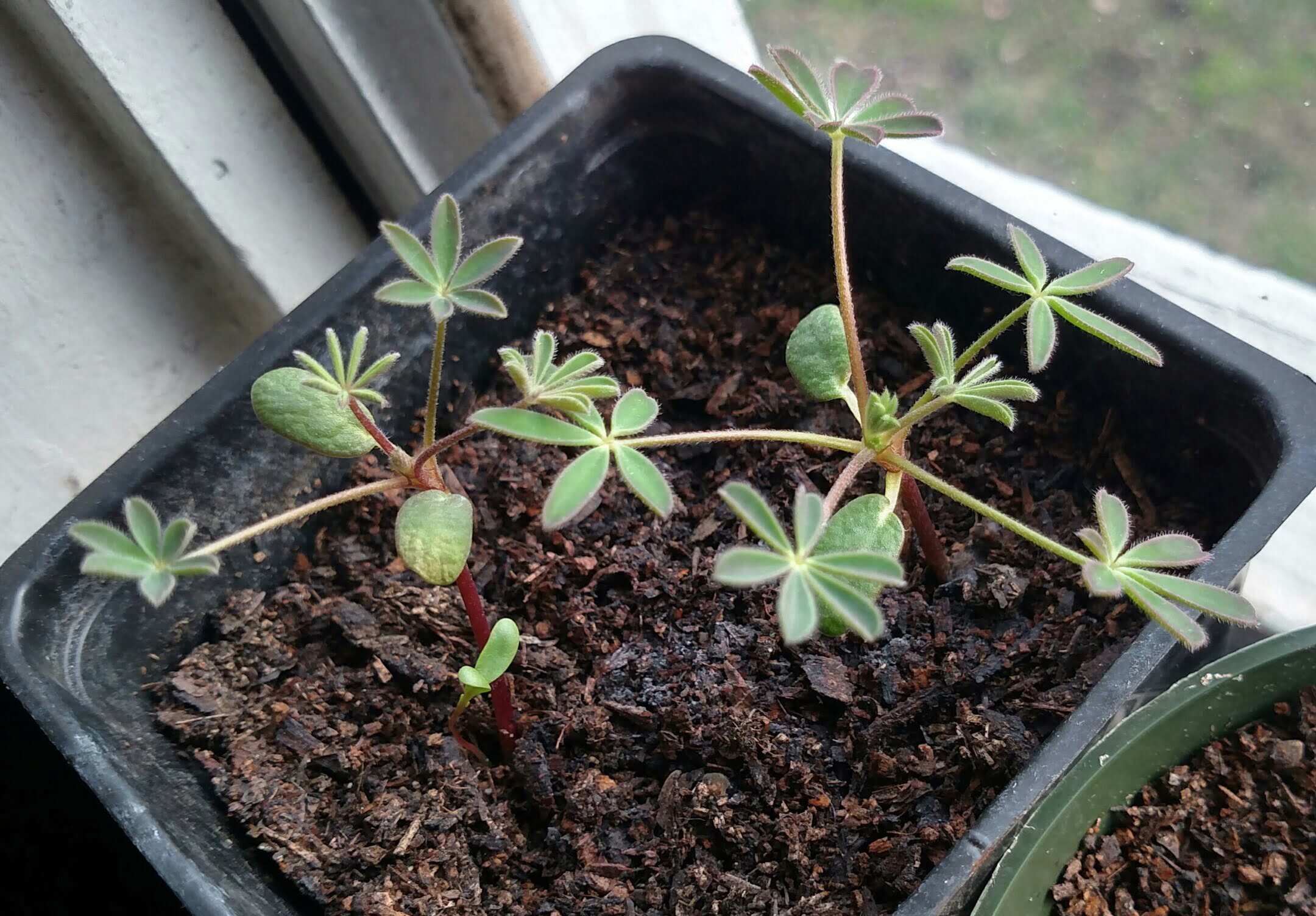

Garden Essentials
How To Grow Lupine From Seed
Modified: August 25, 2024
Learn how to grow lupine from seed in your garden with these helpful tips and step-by-step instructions. Transform your outdoor space into a vibrant lupine paradise!
(Many of the links in this article redirect to a specific reviewed product. Your purchase of these products through affiliate links helps to generate commission for Storables.com, at no extra cost. Learn more)
Introduction
Welcome to the world of lupines! These vibrant and majestic flowering plants have long been cherished in gardens for their striking colors and unique vertical growth. If you’re interested in adding a touch of beauty to your garden, growing lupines from seed is a rewarding and fulfilling experience.
Lupines belong to the Fabaceae family and are native to North and South America. They are perennial plants that come in a variety of colors, including shades of blue, purple, pink, and white. Lupines are known for their tall spikes of flowers that can reach heights of up to 3 feet, creating an impressive display in any garden.
Not only are lupines aesthetically pleasing, but they also provide important benefits to the garden and the environment. They attract pollinators such as bees and butterflies, helping to support the ecosystem. Additionally, their deep-rooted nature improves soil health and increases nitrogen levels, making them excellent companion plants for other garden vegetables.
Now that you understand the beauty and benefits of lupines, let’s explore how to grow them from seed. It’s a simple process that requires some preparation and patience, but the results are well worth the effort.
Key Takeaways:
- Growing lupines from seed is a rewarding journey that starts with choosing the right variety and collecting mature seeds. With proper soil preparation, watering, and care, you can watch these vibrant plants thrive in your garden.
- Harvesting lupine seeds allows you to continue the cycle of growth and share the beauty of lupines with others. By following simple steps and providing protection, you can enjoy the vibrant colors and unique vertical growth of these majestic plants.
Read more: How To Grow Lupine From Seeds
Choosing the Right Lupine Variety
When it comes to choosing the right lupine variety, there are several factors to consider. The first is the climate in which you live. Lupines thrive in cooler regions, so if you reside in a hot and humid climate, it may be more challenging to grow them successfully.
Next, think about the available space in your garden. Lupines have a vertical growth habit and can reach significant heights, so make sure you have enough room for them to grow without overcrowding other plants.
Consider the color palette you want to create in your garden. Lupines come in a variety of colors, including shades of blue, purple, pink, and white. Think about the overall aesthetic you want to achieve and choose a variety that complements your existing garden theme.
It’s also important to consider the maturity time of the lupine variety you choose. Some varieties mature quicker than others. If you’re impatient to see the blooms, opt for a variety that has a shorter maturity time.
Lastly, take into account the soil conditions in your garden. Lupines prefer well-draining soil with a slightly acidic to neutral pH level. If your soil is heavy and clay-like, consider amending it with organic matter to improve drainage.
Once you have considered these factors, you can select the lupine variety that best suits your needs and preferences. Whether you choose the classic Lupinus polyphyllus or opt for a hybrid variety, each one will bring its own unique beauty to your garden.
Collecting Lupine Seeds
If you already have lupine plants in your garden, collecting seeds is a cost-effective way to propagate new plants. Collecting lupine seeds is a relatively simple process that can be done in the late summer or early fall when the seed pods are fully mature.
Start by inspecting your lupine plants for seed pods. The seed pods are elongated structures that develop after the flowers have bloomed and faded. They are typically green and covered in fine hairs.
Once you have located mature seed pods, gently pinch or twist them from the plant. It’s important to pick them when they are dry, but not brittle. Avoid collecting seed pods that are too green or still have a significant amount of moisture in them, as the seeds inside may not be fully mature.
Place the collected seed pods in a paper bag or envelope to allow for air circulation and dry them in a warm and well-ventilated area for about one week. This will ensure that the seeds are completely dry and ready for storage or sowing.
After the seed pods have dried, hold them over a clean container and gently squeeze or shake them to release the small black seeds. These seeds are tiny but packed with the potential to grow into beautiful lupine plants.
Transfer the collected seeds to a labeled and airtight container for storage. Store them in a cool, dry place until you are ready to sow them in the desired timeframe.
Remember, collecting seeds from wild lupine plants is generally prohibited in many areas to protect native populations. It’s always best to check with local regulations and avoid collecting seeds from wild populations unless authorized.
Now that you have learned how to collect lupine seeds, you are ready to move on to the next step: preparing the soil for sowing.
Preparing the Soil
The success of growing lupines from seed depends greatly on the quality of the soil. Before sowing your lupine seeds, it’s important to prepare the soil to create a favorable environment for germination and healthy plant growth.
Start by choosing a well-draining location in your garden that receives full sun or partial shade. Lupines prefer slightly acidic to neutral soil with a pH range of 6.0 to 7.5. If your soil is too acidic or alkaline, you may need to amend it to adjust the pH level.
Remove any weeds or grass from the area where you plan to sow the lupine seeds. These unwanted plants can compete with the lupines for nutrients and space, hindering their growth. Use a garden hoe or hand trowel to carefully remove any existing vegetation.
Next, loosen the soil with a garden fork or tiller. Lupine roots need space to grow and penetrate the soil, so ensuring the soil is loose and well-aerated will promote healthy root development. Remove any large stones or debris from the soil as you work.
Once the soil is loosened, incorporate organic matter, such as compost or well-rotted manure, into the top few inches of the soil. This will improve the soil structure, drainage, and nutrient content, providing a fertile bed for your lupine seeds.
If you’re unsure about the nutrient levels in your soil, it’s beneficial to conduct a soil test. This will determine any deficiencies or imbalances in vital nutrients and allow you to make appropriate amendments to optimize the growing conditions for your lupines.
After incorporating organic matter and making any necessary amendments, rake the soil surface to create a smooth and even bed. This will provide a suitable surface for sowing the lupine seeds and ensure good seed-to-soil contact.
Now that you have prepared the soil, you’re ready to move on to the exciting step of sowing the lupine seeds. With proper soil preparation, you’ll create an ideal environment for germination and the growth of healthy lupine plants.
Sowing Lupine Seeds
Now that you have prepared the soil, it’s time to sow your precious lupine seeds and bring your garden to life with their vibrant colors. Sowing lupine seeds is a straightforward process that, with proper care, can yield beautiful and healthy lupine plants in no time.
Begin by selecting the desired location in your garden for sowing the seeds. Remember, lupines prefer full sun to partial shade, so choose an area that receives at least 6-8 hours of direct sunlight per day.
Using your finger or a small gardening tool, create small furrows or indentations in the soil. Aim for a depth of about ¼ to ½ inch. Space the furrows at least 12-18 inches apart to give the lupine plants enough room to grow and spread.
Take your lupine seeds and carefully sprinkle them along the furrows. Aim for an even distribution, keeping in mind that lupine seeds are tiny and may require a delicate touch. If you find it challenging to spread them evenly, you can mix the seeds with a small amount of sand for better visibility and an easier sowing process.
Once you have spread the seeds, lightly cover them with a thin layer of soil. This layer should be no more than ¼ inch thick. Gently press down on the soil to ensure good seed-to-soil contact.
After sowing the seeds, water the area thoroughly. Keep the soil consistently moist but not overly saturated during the germination process. Avoid letting the soil dry out completely, as this can hinder seed germination. Use a misting nozzle or a gentle watering technique to prevent disturbing the newly sown seeds.
Germination typically occurs within 14-21 days, although it can vary depending on the variety and environmental factors. Once the seedlings have established and are a few inches tall, you can gradually reduce the frequency of watering, allowing the soil to dry slightly between waterings.
As the lupine plants grow and develop, provide support for their tall spikes by placing stakes or installing a trellis nearby. This will prevent the plants from toppling over in windy conditions and allow them to showcase their magnificent blooms proudly.
Now that you have sown your lupine seeds, sit back and watch as these tiny seeds transform into beautiful lupine plants. With proper watering and care, your garden will soon be adorned with their vibrant and enchanting flowers.
Plant lupine seeds in well-draining soil in a sunny spot. Keep the soil consistently moist but not waterlogged. Lupine seeds need light to germinate, so press them lightly into the soil surface. Keep the area weed-free and protect young seedlings from slugs and snails.
Read more: How To Plant Lupine Seeds
Watering and Care
Watering is a crucial aspect of caring for your lupine plants, especially during the early stages of growth. Proper watering practices will ensure that your lupines thrive and produce healthy blooms. Additionally, providing the right care will help your lupines withstand various environmental conditions and maintain their overall vitality.
After sowing the lupine seeds, it’s essential to keep the soil consistently moist, but not overly saturated. Regularly check the soil moisture level and water as needed to prevent drying out. Aim to provide about an inch of water per week, either through rainfall or supplemental irrigation.
It’s important to water the lupines at the base of the plants, directly onto the soil rather than wetting the foliage. This helps prevent the occurrence of fungal diseases and ensures that the water reaches the roots where it is needed most.
As the lupine plants mature, they develop a deep root system. This enables them to access water from deeper soil layers. However, during hot and dry spells, it’s crucial to monitor soil moisture and provide additional watering if necessary to prevent water stress.
Remember to strike a balance with watering. Avoid overwatering, as this can lead to root rot and other water-related issues. On the other hand, insufficient watering can cause the plants to wilt and impact their ability to produce healthy flowers.
In addition to watering, proper care involves keeping a close eye on potential pests and diseases. Common pests that can affect lupines include aphids, slugs, and snails. Monitor your plants regularly and take appropriate action if you notice any signs of pest infestation.
Providing support for the tall lupine spikes is also important. As the plants grow, gently tie the stems to stakes or a trellis to prevent them from bending or breaking under their weight or from strong winds.
Lastly, consider adding a layer of organic mulch around the base of the lupine plants. Mulching helps conserve moisture, suppresses weed growth, and maintains a more consistent soil temperature. Use materials such as straw, wood chips, or compost, and apply the mulch in a layer about 2-3 inches thick.
By following these watering and care practices, you’ll give your lupine plants the best chance at vigorous growth and abundant flowering. With dedication and regular maintenance, you’ll be rewarded with a stunning display of color and the satisfaction of nurturing these beautiful plants.
Transplanting Lupine Seedlings
As your lupine seedlings grow larger and develop a stronger root system, it may be necessary to transplant them into their permanent spots in the garden. Transplanting lupine seedlings is a delicate process that requires care to ensure the plants adapt well to their new surroundings.
Before transplanting, make sure the seedlings are well-established and have developed several sets of true leaves. This usually takes place around 6-8 weeks after germination. It’s important to choose the right time for transplanting, typically when the seedlings are still young and have not become root-bound in their containers.
Choose a location in your garden that provides full or partial sunlight, depending on the requirements of your specific lupine variety. The soil should be well-draining and prepared in advance by loosening it and incorporating organic matter, similar to the steps taken during the initial soil preparation phase.
Begin by watering the existing garden bed or the area where the seedlings will be transplanted. This will help moisten the soil and make it easier to remove the seedlings from their containers without damaging their delicate roots.
Gently and carefully remove the seedlings from their containers, being cautious not to disturb their roots too much. If the roots are tightly wound, gently loosen them to encourage outward growth.
Create holes in the prepared garden bed that are slightly larger than the root ball of each seedling. Space the holes according to the recommended spacing for your specific lupine variety, typically 12-18 inches apart.
Place the seedlings into the holes, making sure the soil level matches the level of the seedling’s original planting container. Avoid burying the seedling too deep, as this can lead to root suffocation and hinder plant growth.
Fill in the gaps around the root ball with soil, gently firming it around the base of the seedling to provide stability. Water the transplanted seedlings thoroughly to help settle the soil and ensure good root-to-soil contact.
Keep in mind that newly transplanted seedlings may experience some shock as they adapt to their new environment. To provide additional protection and support, consider using a light layer of mulch around the base of the plants. Mulching will help retain soil moisture, suppress weeds, and protect the fragile roots.
Continue to monitor the transplanted seedlings closely and water them regularly to maintain adequate soil moisture. In a few weeks, the seedlings should acclimate and start to establish themselves in their new locations.
With careful transplanting and proper care, your lupine seedlings will continue to grow and flourish, adding beauty and vibrancy to your garden for years to come.
Protecting Lupine Plants
Lupine plants are generally hardy and resilient, but they may still face certain challenges that can affect their growth and health. Taking proactive measures to protect your lupine plants will help ensure their longevity and minimize potential damage from pests, diseases, and adverse weather conditions.
One of the primary threats to lupine plants is slug and snail damage. These slimy pests can munch on the leaves and young shoots of lupines, causing significant harm. To protect your plants, consider applying organic slug and snail repellents, like diatomaceous earth or crushed eggshells, around the base of the plants. You can also manually remove slugs and snails by handpicking them off the plants in the early morning or evening when they are most active.
Diseases such as powdery mildew and root rot can also impact lupine plants. To prevent these issues, ensure proper air circulation around the plants by spacing them adequately. Avoid overcrowding, as this can create a damp and humid environment ideal for the development of fungal diseases. If you notice any signs of disease, promptly take action by applying organic fungicides or seeking professional advice.
In regions with hot and dry climates, providing adequate water during periods of drought is crucial. Deep watering, ensuring the soil is sufficiently moist but not waterlogged, helps the plants withstand heat stress. Applying a layer of organic mulch around the base of the plants will also help conserve soil moisture and regulate soil temperature.
Protecting lupine plants from strong winds is important, especially considering their tall flower spikes. In windy locations, stake the plants or use a trellis system to provide support and prevent them from bending or breaking. This will help preserve the visual appeal of the plants and prevent damage to the delicate flowers.
During winter months, lupines may benefit from some extra protection. In colder regions, mulching the base of the plants with a thick layer of organic matter, such as straw or shredded leaves, can help insulate the roots and protect them from freezing temperatures. Be mindful of frost dates and take precautions accordingly.
Regularly inspect your lupine plants for any signs of pests, diseases, or environmental stress. By catching issues early on, you can take immediate action and prevent them from spreading or causing significant damage.
By implementing these protective measures, you can safeguard your lupine plants and help them reach their full potential. With proper care and attention, your garden will showcase healthy and flourishing lupines, adding beauty and charm to your outdoor space.
Harvesting Lupine Seeds
Once your lupine plants have bloomed and the flowers have faded, it’s time to harvest the seeds. Harvesting lupine seeds is not only a rewarding activity, but it also allows you to collect seeds for future planting and share them with fellow gardening enthusiasts.
Wait until the lupine flower spikes have completely dried out and turned brown. This indicates that the seed pods are fully mature and ready for harvesting. Gently shake the seed pods to ensure the seeds inside are loose and fully developed.
Using your fingers or a small pair of scissors, carefully remove the seed pods from the plant. Place the harvested seed pods in a clean and dry container, such as a paper bag or envelope, to prevent moisture buildup and allow for proper air circulation.
Set the container in a well-ventilated area and allow the seed pods to continue drying for about a week. This helps ensure that the seeds are fully mature and ready for storage or future planting.
Once the seed pods are dry, open them up to access the seeds. Lupine seeds are small and typically dark in color, resembling tiny pebbles. Gently separate the seeds from the seed pods and discard any immature or damaged seeds.
Transfer the collected lupine seeds to a labeled and airtight container for storage. It’s important to store the seeds in a cool, dry place, as moisture and fluctuating temperatures can reduce their viability. Consider using small envelopes or seed storage containers to keep the seeds organized and protected.
Remember to label the container with the lupine variety and the date of collection. This information will be helpful when you decide to plant or share the seeds in the future.
Harvested lupine seeds can remain viable for several years if stored properly. However, to ensure the highest germination rates, it’s best to use the seeds within 1-2 years.
By harvesting lupine seeds, you not only extend the life cycle of your beloved lupine plants but also have the opportunity to propagate new plants or share the seeds with fellow gardeners. It’s a gratifying process that allows you to continue the cycle of growth and enjoy the beauty of lupines in your garden for years to come.
Read more: When To Sow Lupine Seeds
Conclusion
Growing lupines from seed is a rewarding and fulfilling experience that allows you to witness the transformation of tiny seeds into magnificent flowering plants. With proper care and attention, you can create a garden filled with the vibrant colors and unique vertical growth that lupines are known for.
By choosing the right lupine variety and collecting mature seeds, you set the foundation for successful growth. Preparing the soil, sowing the seeds, and providing adequate watering and care ensures the healthy development of lupine seedlings.
Transplanting the seedlings into their permanent spots in the garden and protecting them from pests, diseases, and adverse weather conditions helps them establish and thrive. Finally, harvesting lupine seeds allows you to continue the cycle of growth and share the beauty of lupines with others.
Throughout the process, it’s important to strike a balance between delivering informative content and naturally incorporating keywords to improve the article’s visibility in search engines. By infusing the article with creativity and a human-like touch, you engage readers and provide a comprehensive guide to growing lupines from seed.
Remember, gardening is a journey of discovery and patience. Enjoy the process, marvel at the beauty of nature, and take pride in the vibrant lupine plants that adorn your garden.
So go ahead, get your hands dirty, and let the magic of growing lupines from seed unfold in your garden!
Now that you're on your way to cultivating stunning lupines, why not delve deeper into the seeds' journey? Understanding how quickly seeds sprout is crucial for any gardener. For insights on nurturing your garden from the very start, check out our guide on seed sprouting times. You'll find practical advice to ensure your gardening efforts bloom successfully.
Frequently Asked Questions about How To Grow Lupine From Seed
Was this page helpful?
At Storables.com, we guarantee accurate and reliable information. Our content, validated by Expert Board Contributors, is crafted following stringent Editorial Policies. We're committed to providing you with well-researched, expert-backed insights for all your informational needs.
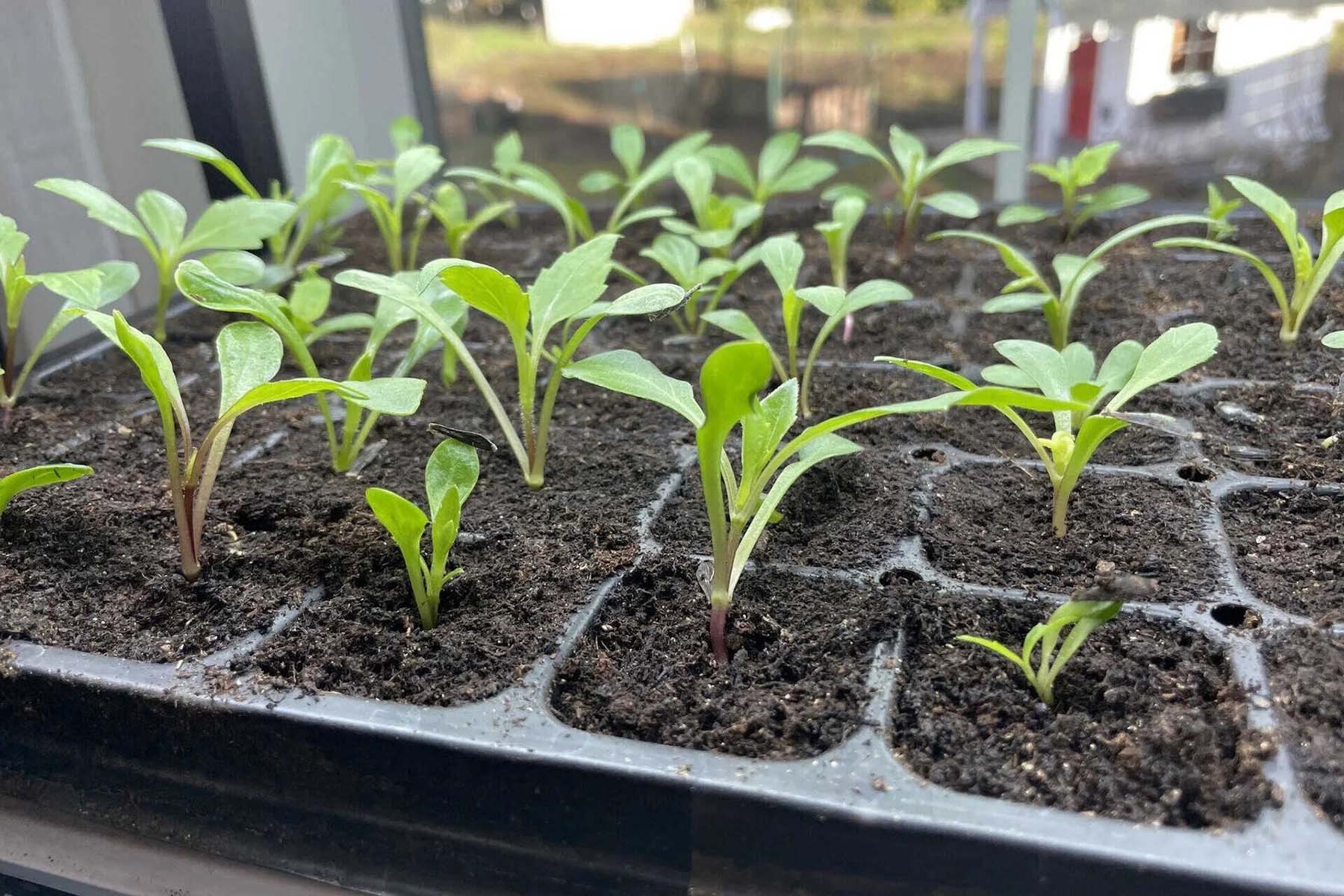
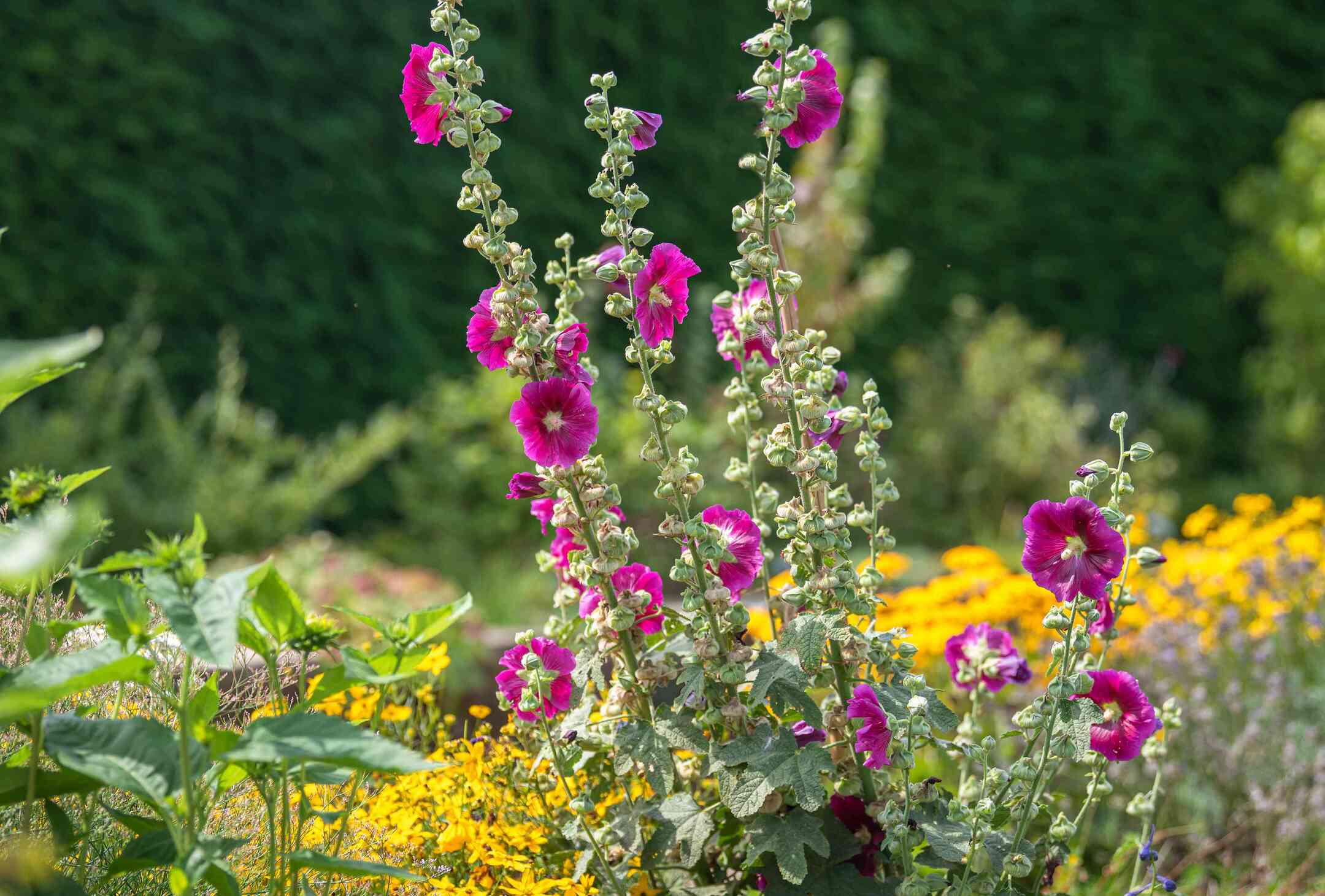
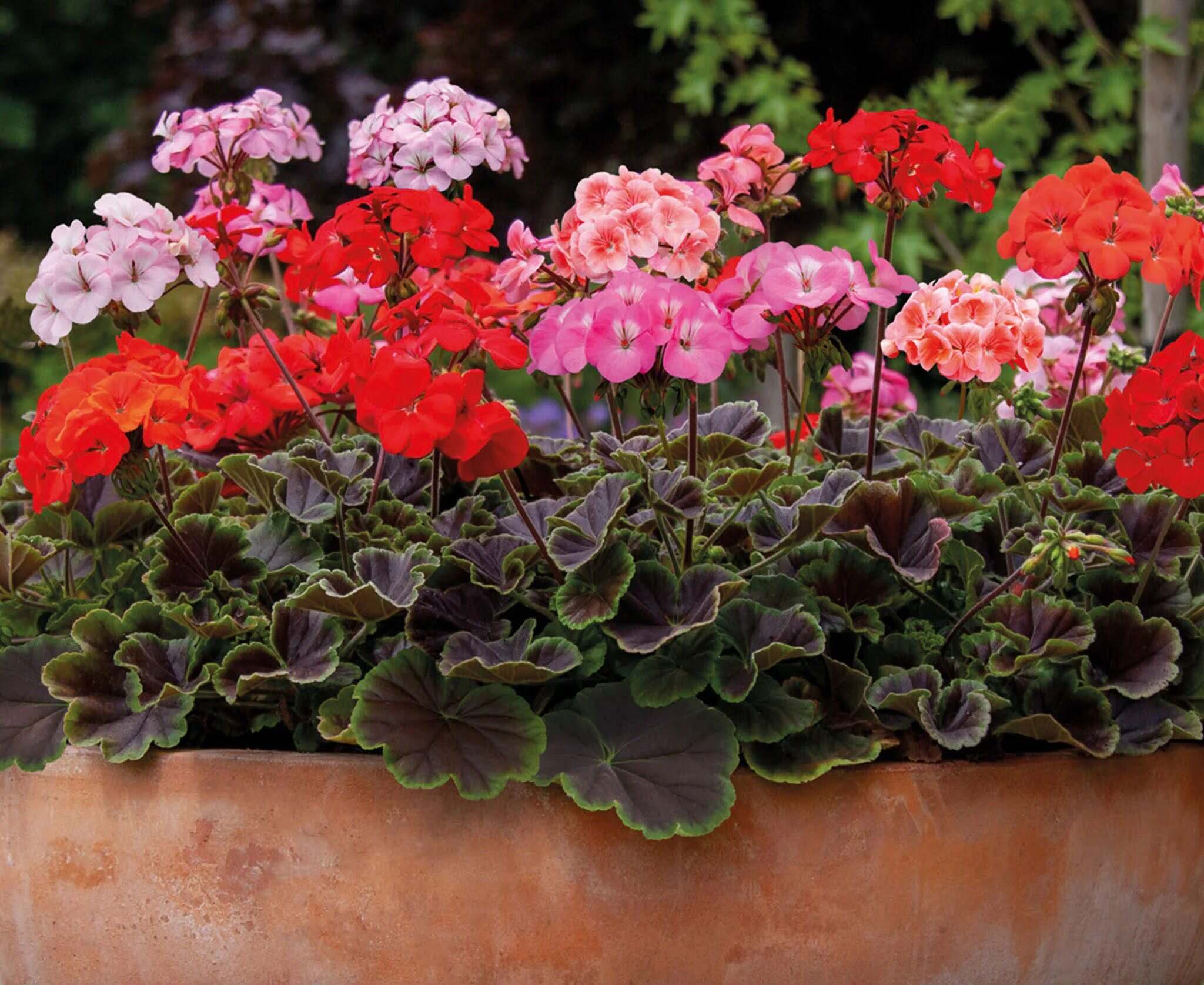
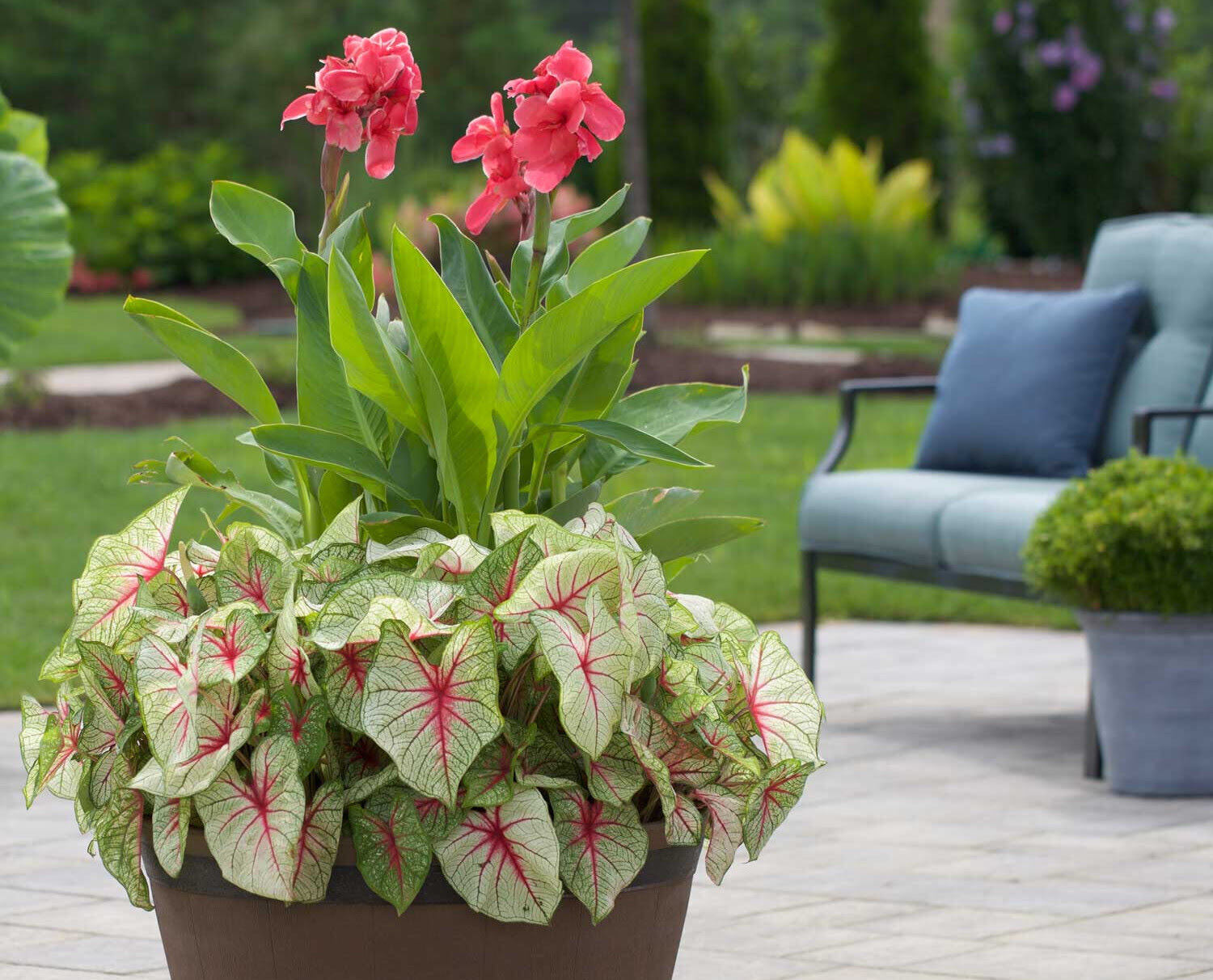
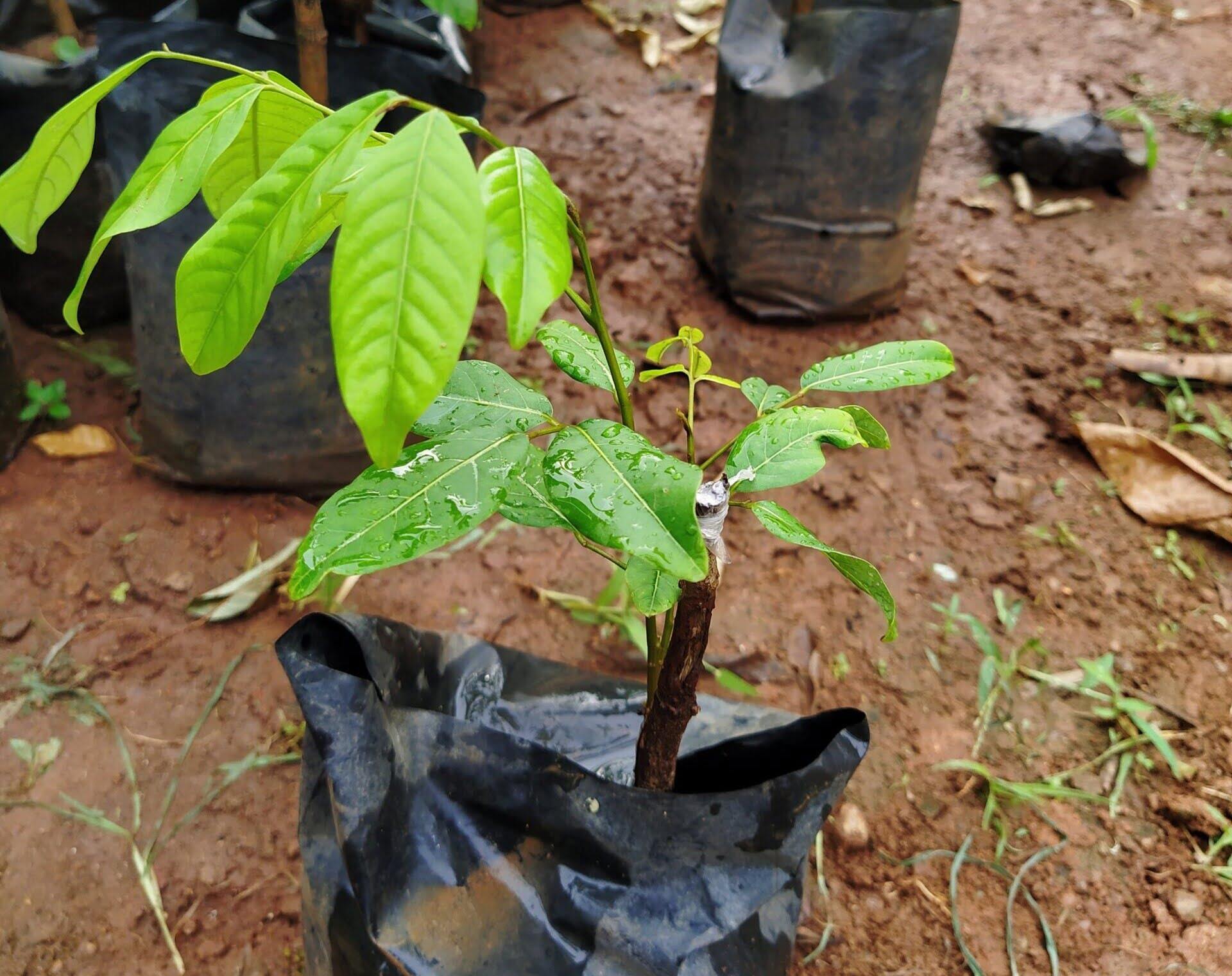
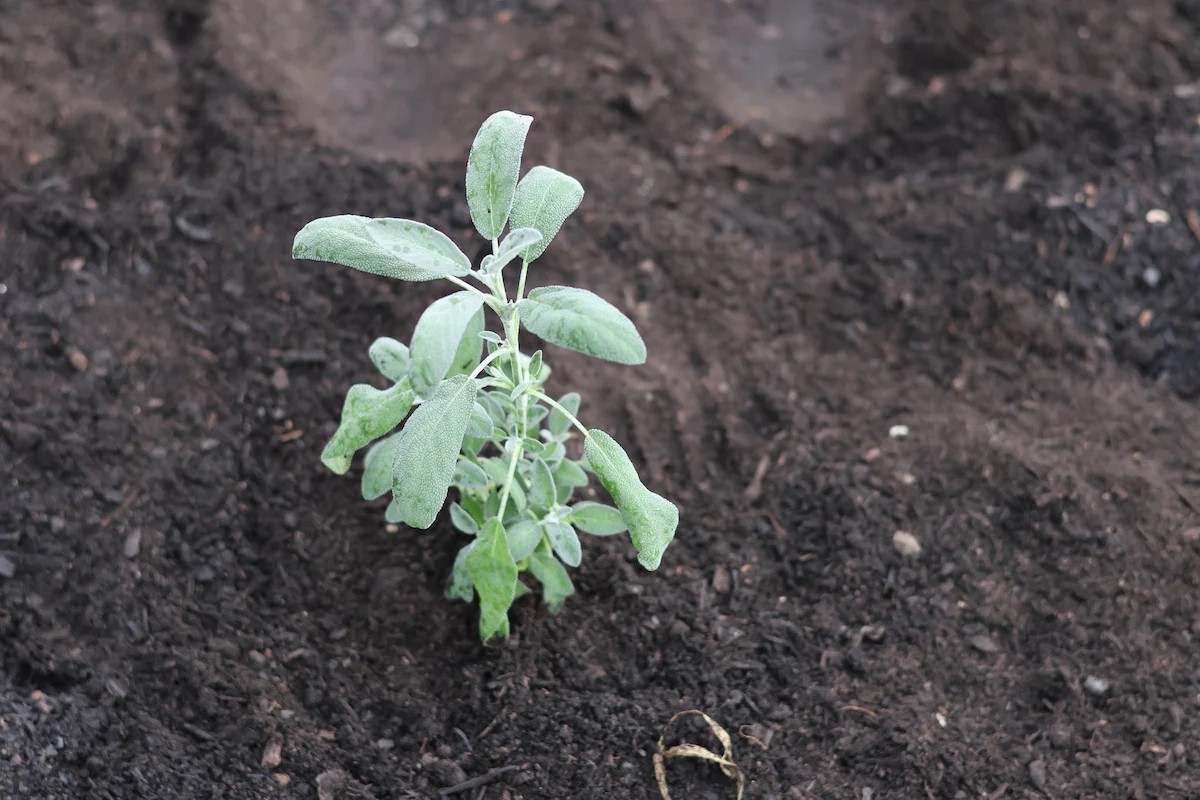
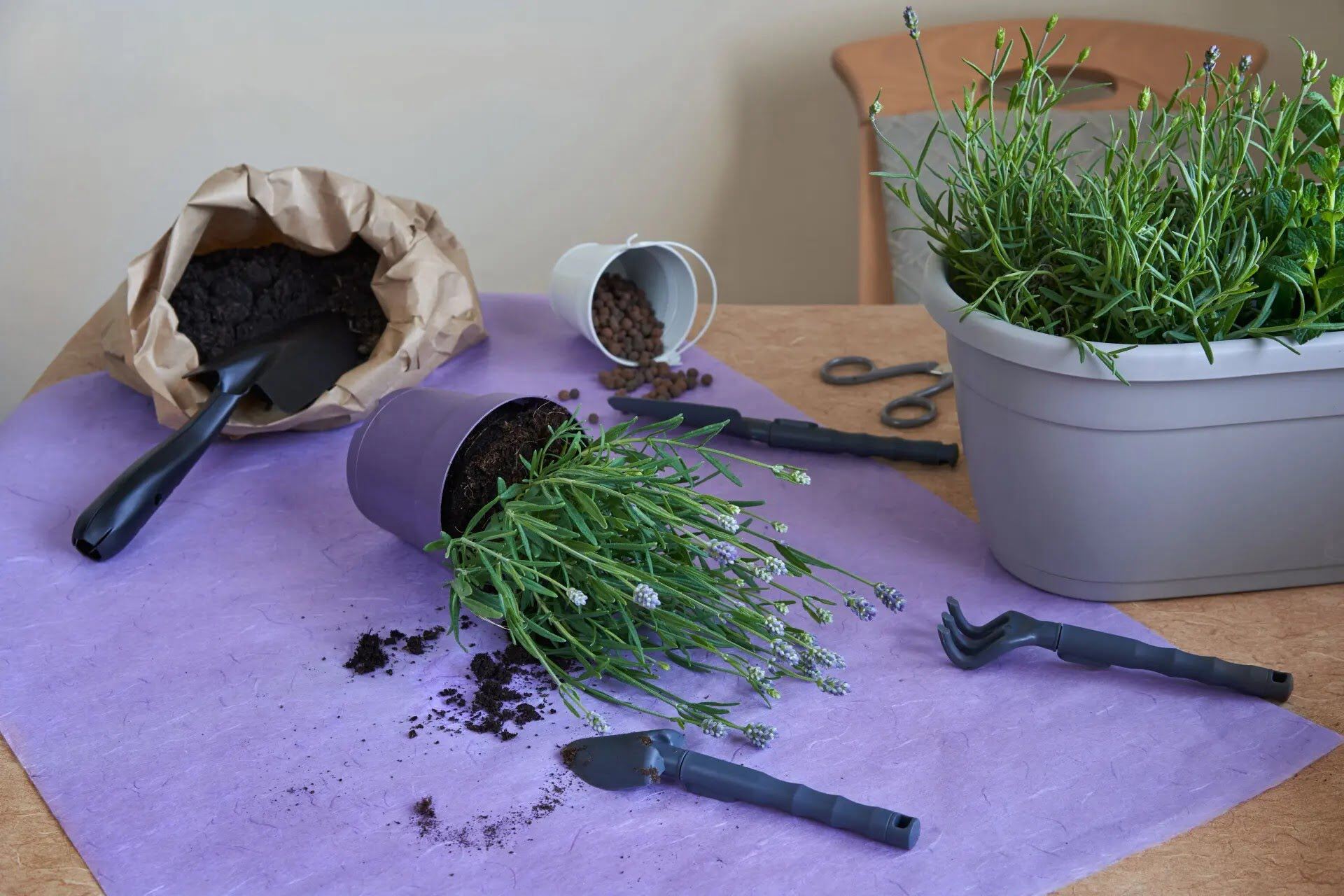
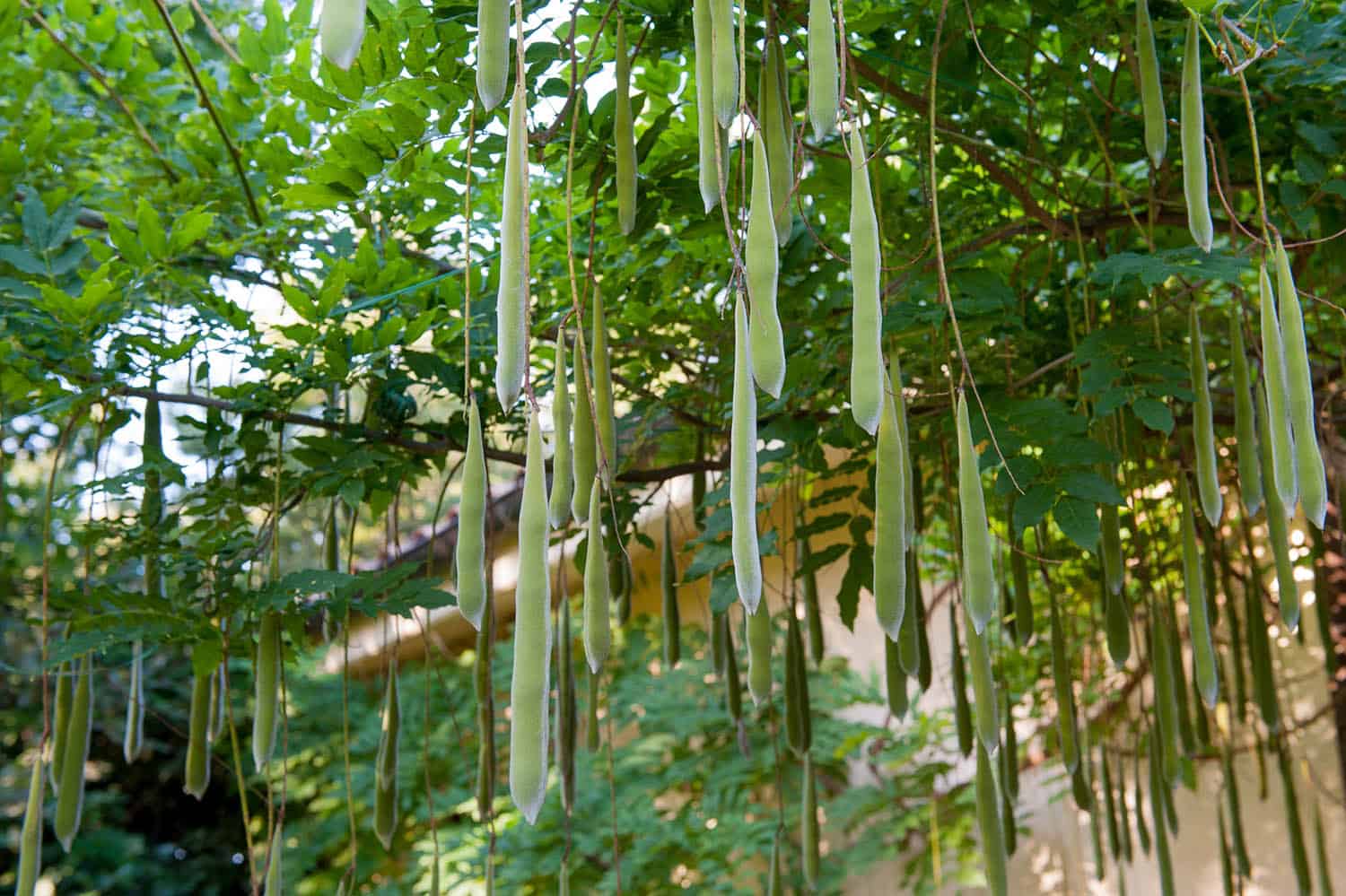
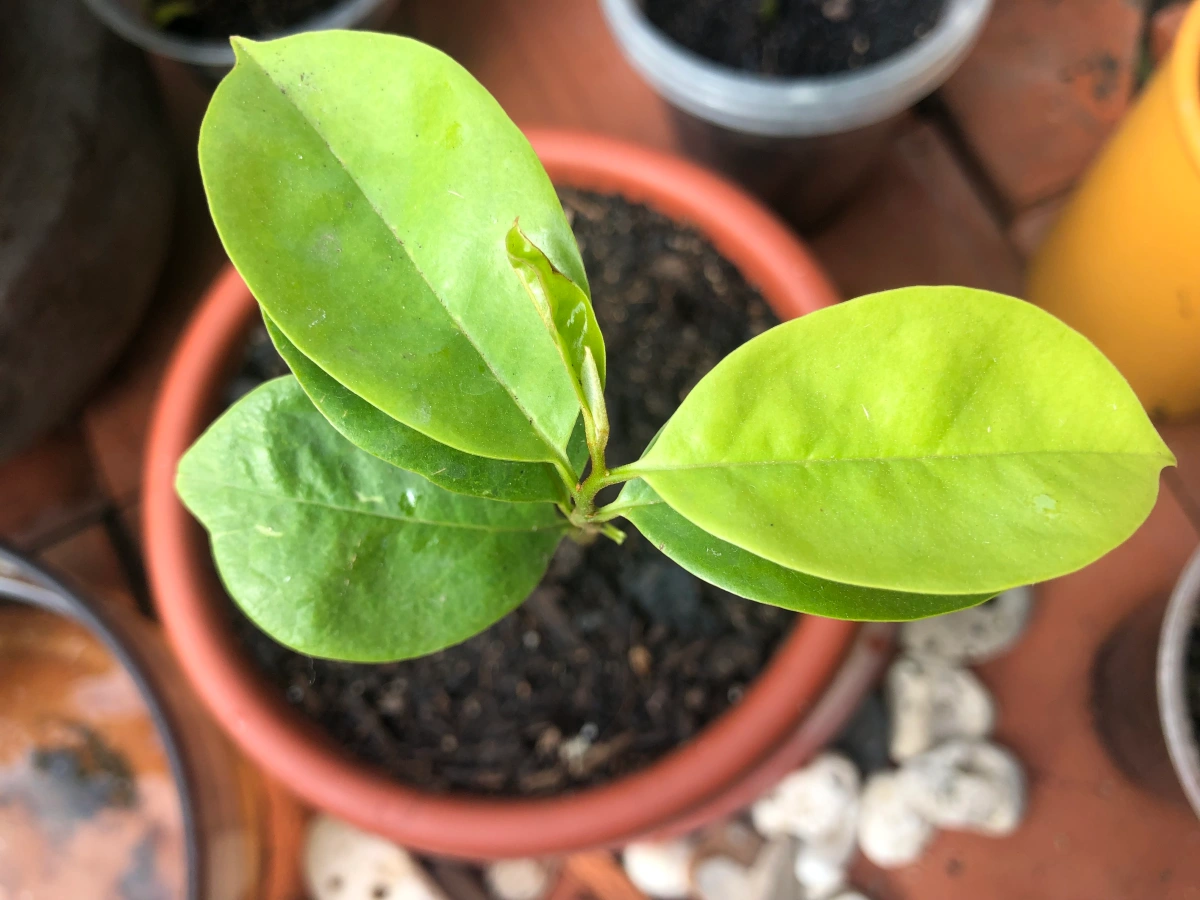
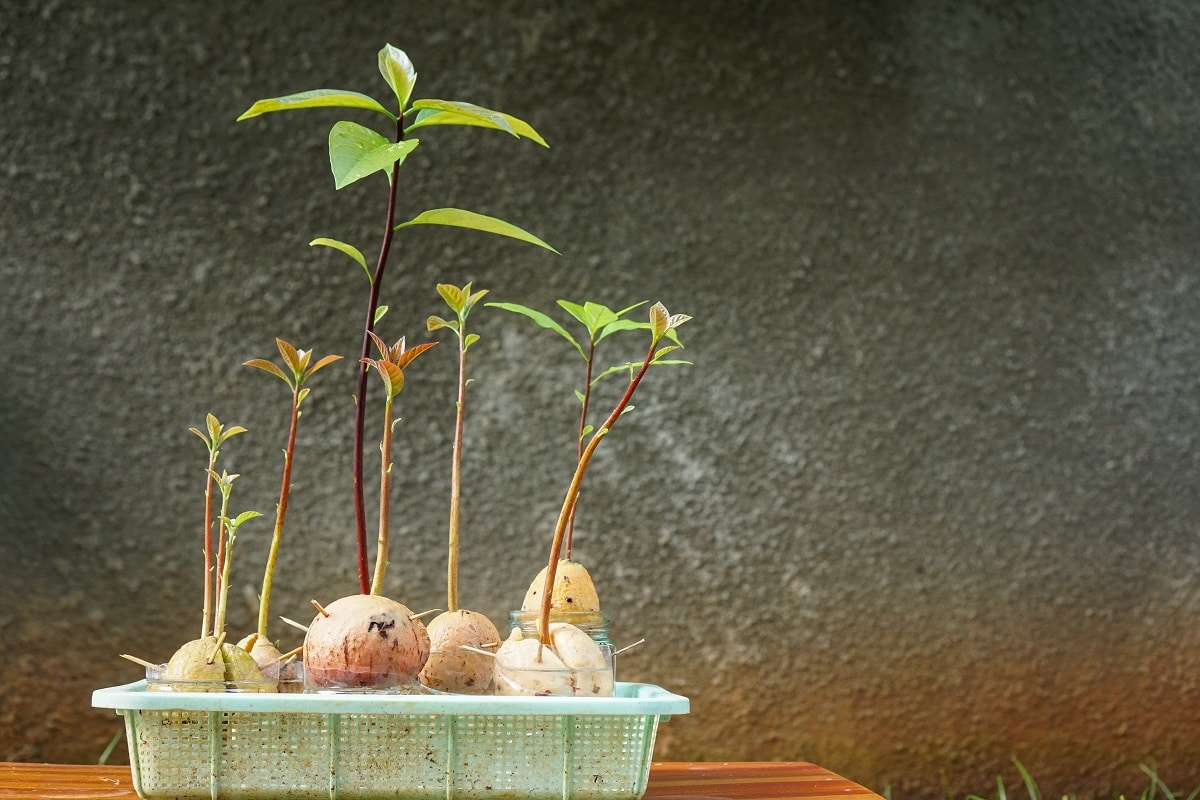
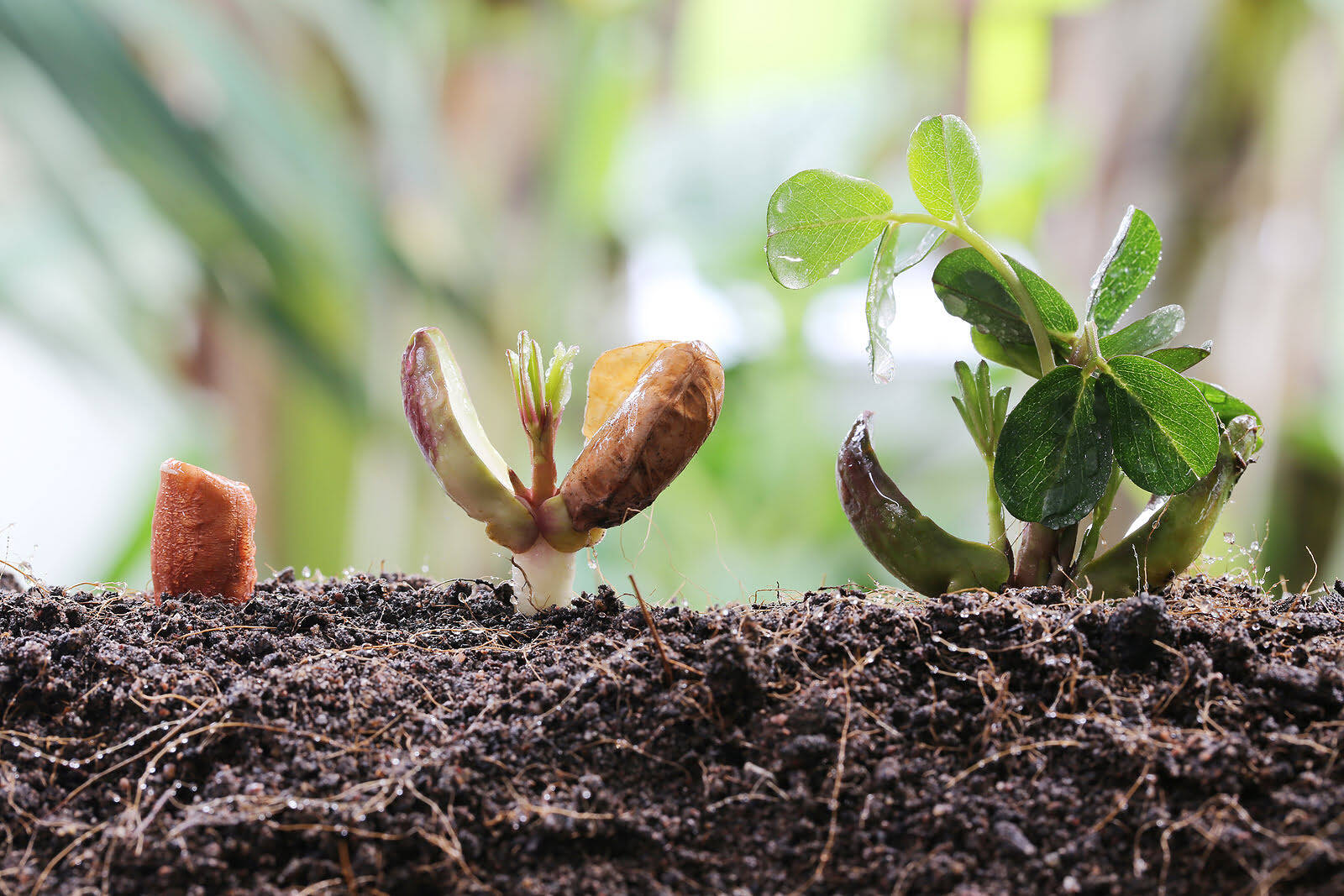
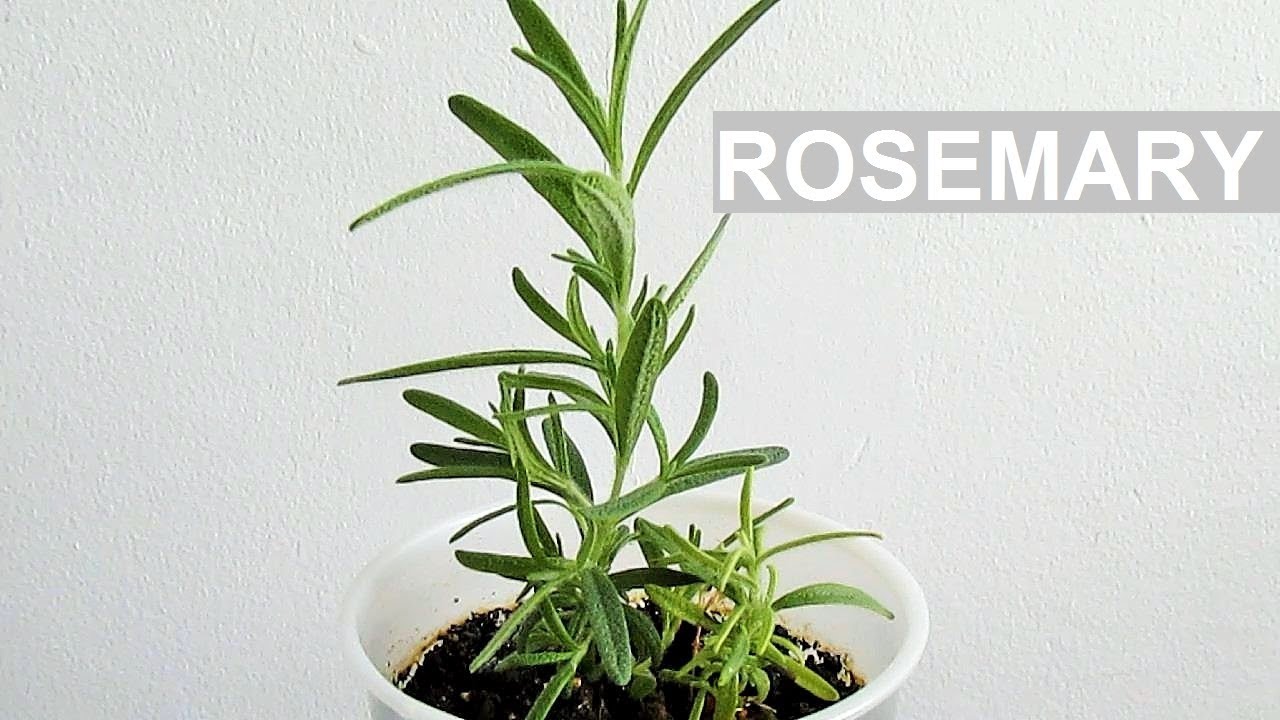


0 thoughts on “How To Grow Lupine From Seed”